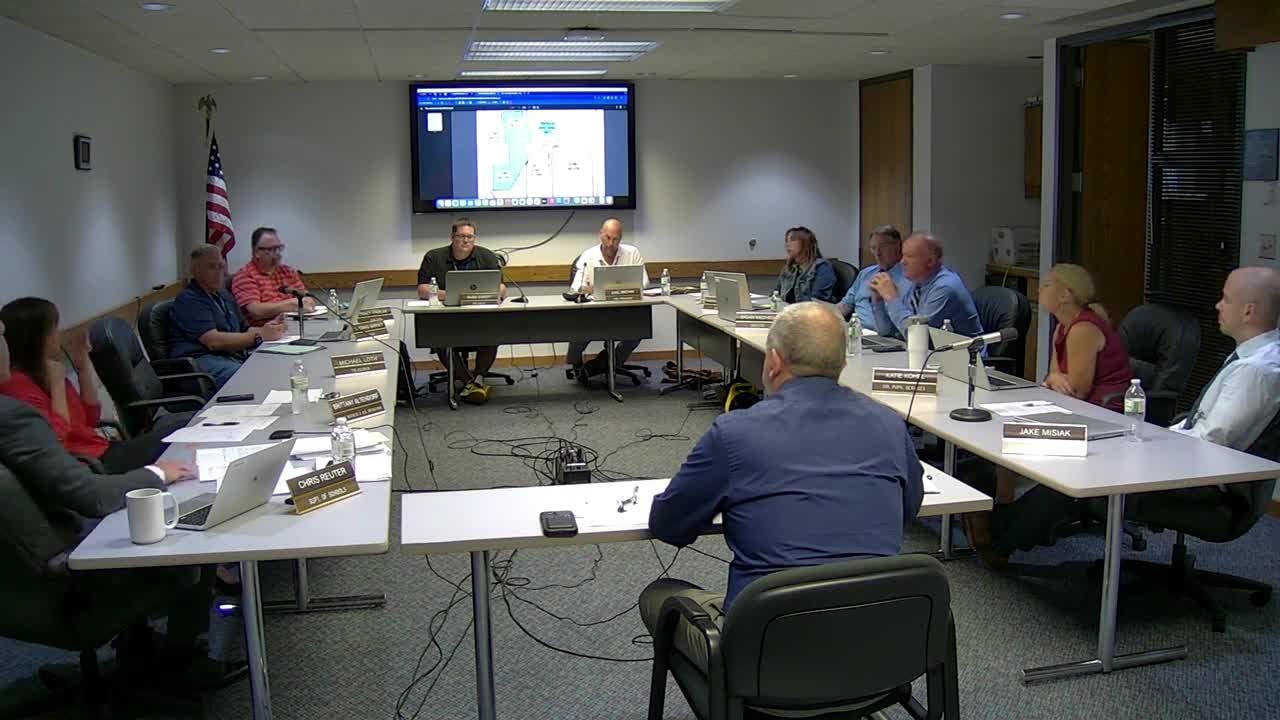TID Controversy Sparks Debate Over Economic Impact
July 15, 2024 | Germantown School District, School Districts, Wisconsin

This article was created by AI summarizing key points discussed. AI makes mistakes, so for full details and context, please refer to the video of the full meeting. Please report any errors so we can fix them. Report an error »

During a recent government meeting, officials discussed the implications of Tax Increment Districts (TIDs) on local businesses and the community, raising concerns about transparency and the potential impact on taxpayers.
The conversation began with inquiries about the inclusion of certain companies in a TID and the benefits—or lack thereof—this would provide to them. It was clarified that while these companies would be notified of their inclusion, there would be no significant changes to their tax obligations. The TID can be amended up to four times during its lifespan, a point that was reiterated for clarity.
A significant point of contention arose regarding the projected economic benefits of a proposed TID, particularly concerning job creation. A trustee questioned the math behind a claim that 103 new jobs would contribute nearly $9.8 million in payroll, suggesting that the figures were misleading. The discussion highlighted the need for clearer communication about the nature of these jobs and their actual economic impact on the community.
Concerns were also raised about potential conflicts of interest, particularly regarding a $1 million forgivable loan to a company represented by a member of the Economic Development Washington County (EDWC) board. While the village attorney found no legal conflict, some board members expressed discomfort with the situation, emphasizing the importance of public perception and trust.
The meeting further delved into the broader implications of TIDs on local infrastructure and school districts. Board members voiced worries that increased employment could lead to a rise in student populations, placing additional strain on school resources without immediate financial returns. The discussion underscored the need for studies to assess the long-term economic impacts of TIDs, particularly regarding housing and school capacity.
In response to these concerns, officials acknowledged the necessity of improved communication between the village and school district, suggesting that joint meetings could facilitate better understanding and planning for future developments. The dialogue concluded with a commitment to transparency and ongoing discussions about the economic strategies that would best serve the community's interests.
Overall, the meeting highlighted the complexities of managing TIDs and the critical need for clear communication and collaboration among local government entities to ensure that community needs are met effectively.
The conversation began with inquiries about the inclusion of certain companies in a TID and the benefits—or lack thereof—this would provide to them. It was clarified that while these companies would be notified of their inclusion, there would be no significant changes to their tax obligations. The TID can be amended up to four times during its lifespan, a point that was reiterated for clarity.
A significant point of contention arose regarding the projected economic benefits of a proposed TID, particularly concerning job creation. A trustee questioned the math behind a claim that 103 new jobs would contribute nearly $9.8 million in payroll, suggesting that the figures were misleading. The discussion highlighted the need for clearer communication about the nature of these jobs and their actual economic impact on the community.
Concerns were also raised about potential conflicts of interest, particularly regarding a $1 million forgivable loan to a company represented by a member of the Economic Development Washington County (EDWC) board. While the village attorney found no legal conflict, some board members expressed discomfort with the situation, emphasizing the importance of public perception and trust.
The meeting further delved into the broader implications of TIDs on local infrastructure and school districts. Board members voiced worries that increased employment could lead to a rise in student populations, placing additional strain on school resources without immediate financial returns. The discussion underscored the need for studies to assess the long-term economic impacts of TIDs, particularly regarding housing and school capacity.
In response to these concerns, officials acknowledged the necessity of improved communication between the village and school district, suggesting that joint meetings could facilitate better understanding and planning for future developments. The dialogue concluded with a commitment to transparency and ongoing discussions about the economic strategies that would best serve the community's interests.
Overall, the meeting highlighted the complexities of managing TIDs and the critical need for clear communication and collaboration among local government entities to ensure that community needs are met effectively.
View full meeting
This article is based on a recent meeting—watch the full video and explore the complete transcript for deeper insights into the discussion.
View full meeting
